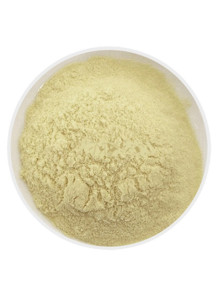Isoquercitrin (98%)
Cosmetics
Code: 127158
Flavonoid glycosides derived from quercetin have gained attention for their topical benefits, particularly due to their antioxidant, anti-inflammatory, and skin-protective properties.
Cart
No products
Subtotal:
0.00
Total
0.00
THB




